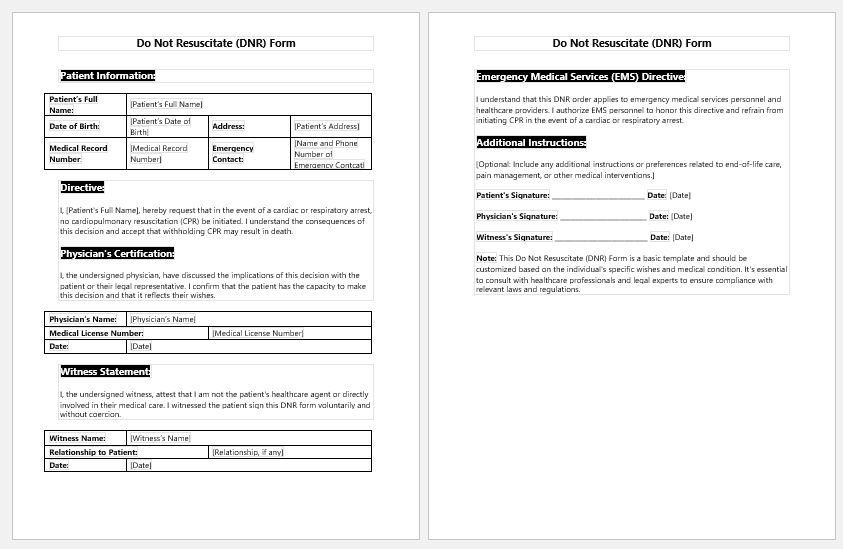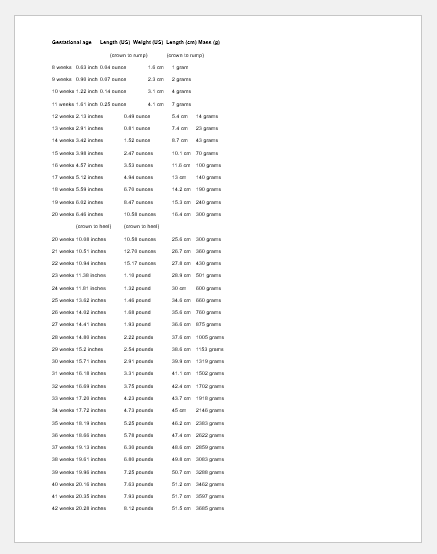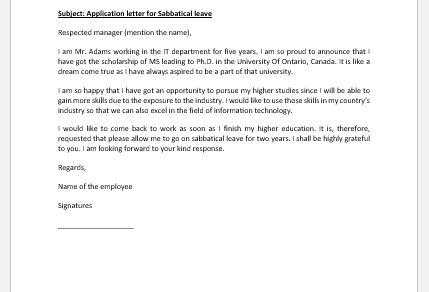What is a DNR form?
DNR is the abbreviation for Do Not Resuscitate. This is also called a no-code, or a form in which one asks for a natural death. It is a form of legal importance in which one requests natural death and doesn’t want to get cardiopulmonary resuscitation or any other sort of life support.
DNR is based on personal choices and does not have to do with patient management. As a healthcare professional, one wants to save the life of a dying person and puts maximum effort into it. But if the patient does not want others to save him from artificial means (that’s what they call it), healthcare personnel have to obey.
It should also be kept in mind that not all countries accept or allow DNR. In a country where DNR is not allowed, the hospital or doctor is not bound to accept what the patient or his immediate relatives say. He must do his duty.
Countries where DNR is accepted and allowed
It will be quite interesting to know which countries accept DNR. One more thing that is important to mention here is that in some countries, like India and Pakistan, the decision to end resuscitation is solely discussed by physicians in most emergency cases. However, a pre-discussed DNR is also accepted, but this is mostly in the form of handwritten notes. Countries where the pre-printed DNR form is used, are New Zealand, the Kingdom of Saudi Arabia, Singapore, the UAE, South Korea, France, and Italy.
Some common reasons for DNR
Some people chose DNR over the lifesaving procedure for different reasons. For example,
- They want to donate their organs and do not want any organ damage during the cardiopulmonary resuscitation process.
- They don’t want their ribs and bony structures to be damaged at the time of their death due to religious and superstitious beliefs.
Who can sign the DNR form?
A DNR form is most ideally signed by the patient himself in cases of pre-printed and pre-discussed situations or disease courses. A patient can decide beforehand whether he wants advanced life support methods or not.
In cases of emergency or some other special situation, people close to the patient can also sign the form and decide the fate of the patient lying on the death bed.
Immediate relatives like the father, mother, and adult children can ask for DNR in special circumstances.
How is a DNR form filled out?
A DNR form is filled out both by the patient, relative, or attorney and by the doctor, both of whom are present and have discussed all the aspects of DNR.
It is a very common observation that people who have signed their DNR form receive less care than others.
A DNR form starts with the name of the patient, age, and date. First of all, the patient signs the form, declaring that he has been informed about the drawbacks and consequences of the decision and that he still wants to refuse CPR.
Then the doctor, who has to be in charge, has to sign the form declaring he has listened to and agreed to the DNR request in the presence of a witness.
A sample DNR order form
- Nursing Documentation Templates
- Mental Health Evaluation Forms
- Forms Used by Pediatricians
- Various Forms Related to Pregnancy Verification
- Common Forms Used by ENT Specialists
- Pain Diary Worksheet Template
- Forms Commonly Used by Old Age Homes
- Medical Treatment Consent Form
- Home Exercise Program Worksheet
- Forms Used for Mental Health Assessment
- Forms Used by Psychologists
- Medical Forms Commonly Used by/for Students
- Assessment Consent Form
- Forms Used by an Anesthesiologist
- Not Fit to Fly Certificate Template



